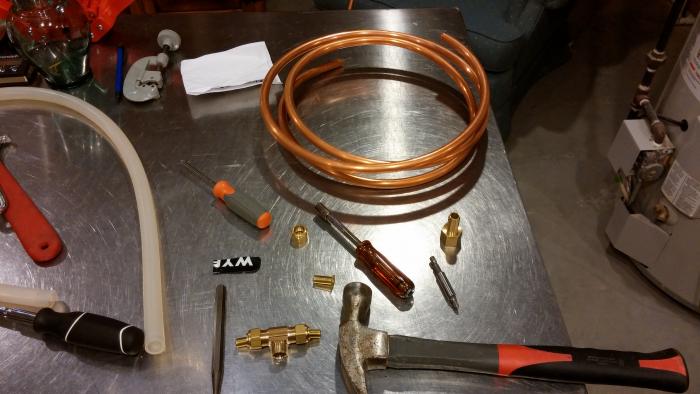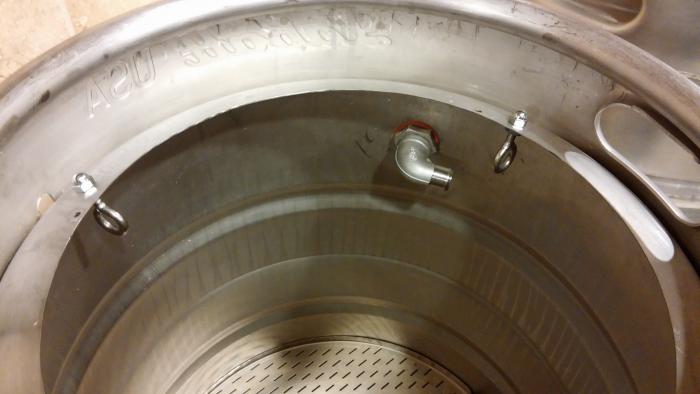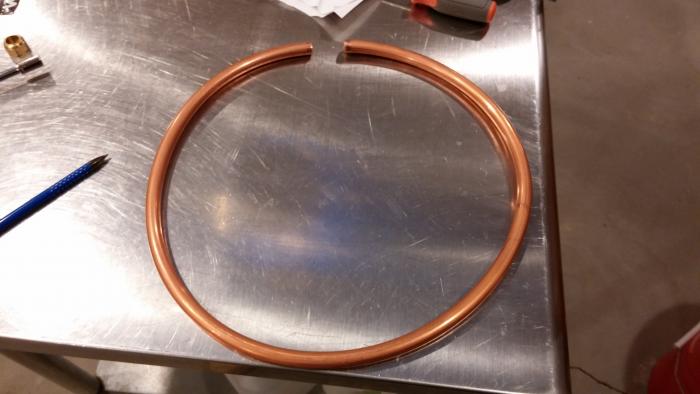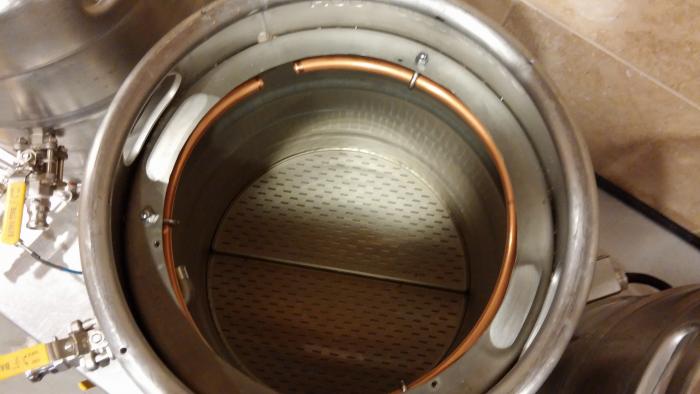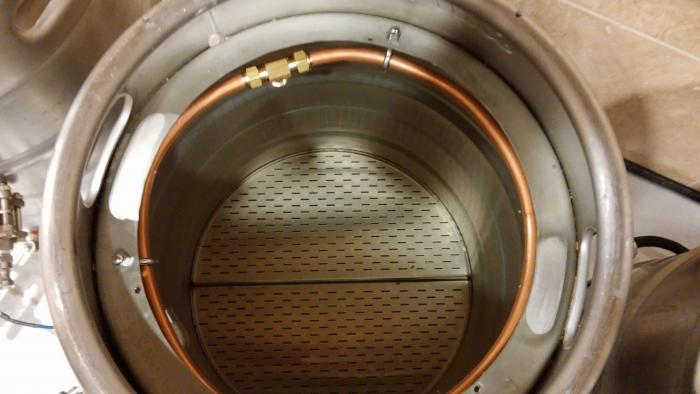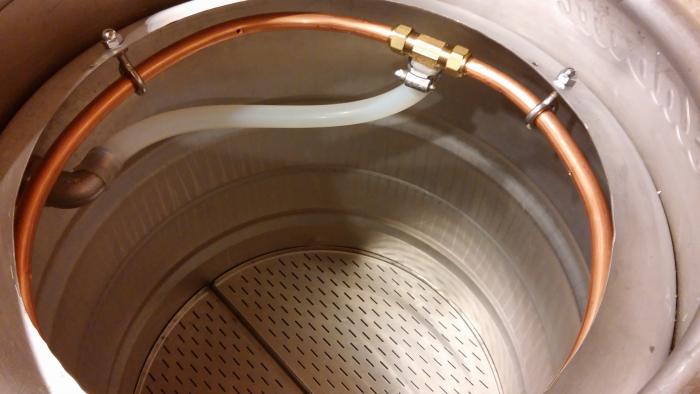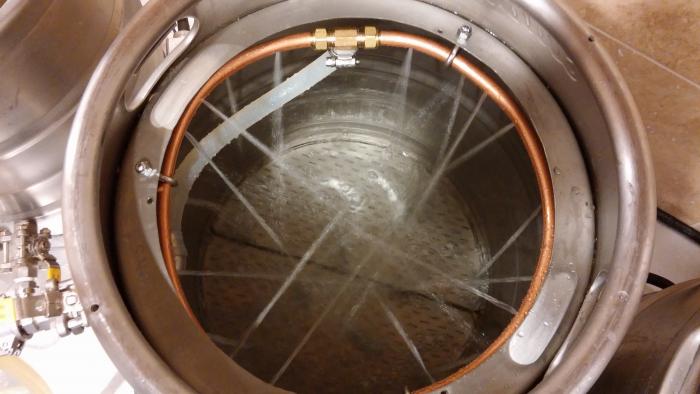Here are my thoughts based on what I have been taught. Starting with production, temp is one factor, the other is pressure differential. The bigger the pressure difference on the incoming side of the filter and the outgoing side of the filter the more efficient it will be. That is why systems can come with electric and hydraulic pumps. I have a hydraulic on mine. So, without knowing your incoming water PSI it is hard to guess what your real output is going to be.
The next issue is storage. There are two main options, pressure vessel or open atmosphere. Both have their pros and cons. With a pressure vessel the rate of flow decreases as volume decreases. So lets say that you have one gallon left of 11 original. You may not have enough pressure to properly feed an ice maker and your drinking water output at the sink will be very low. This is because as the air bladder expands the psi it is exerting on the water bladder decreases. If you go this route this is why I would recommend a small secondary tank for your drinking water and ice maker. You don't even have to use shut off valves, a check valve would do the same thing.
The pros of a big pressure vessel is that it is sealed, no bugs. The cons are increased cost, can require a bigger gallon per day system, you have to wait on more water to be produced, and it takes more time to dispense the water (the output can be 1/4").
The other option is a open atmosphere tanks. For example a friend of mine bought a 55 gallon food grade drum on Craigslist for $15. It had been used to store food grade phosphoric acid so it was bug free. He put a hose to the bottom of it to draw from, he has a pump that pulls a suction, a float switch to turn off the incoming water when it is full, and a inline hepa filter as a breather to keep bugs out of it. I am going to do the same with my setup exept that I am going to put mine on a shelf and put a ball valve on the bottom so I don't have to use a pump.
If you do the second option you will need a small pressure tank for ice and drinking. You T the line coming out of the membrane, one goes to the big tank, the other goes to the pressure tank. You have to put a check valve on the line to the small pressure tank so that it does not flow back into the big tank. Also, while the big tank is filling the small tank will not fill. Water will go to the path of least resistance.
Cons,
It is not a closed system.
Pros,
Cheaper tank, don't need 300 GPD system, have all of your water ready at the start of your brew day, faster dispensing of brew water.
I would recommend option 2. I looked at doing a large pressure vessel but the cost was too high. Secondly, option 2 is going to dispense a lot faster.
If figure that this is just the start, let me know what you think and what questions you have.
OK.....I have a bit of time to ask a few questions about the proper way to set up an R/O system for a home brewery. So are you saying to use a large tank (14 gallon) and a smaller tank (6 gallon) in the system. For that type of a setup, would I simply just be using the smaller tank for everyday domestic needs? Having a shut off valve on each, then would I turn supply onto the larger one for brew days to get more volume? Then do I turn off the supply and drain the larger tank after I get the volume that I need? I'm just trying to wrap my head around this.
I spoke with a guy from Titan who tried to educate me on R/O systems. He explained that the GPD production rate listed for any particular unit is based off of controlled testing with supply water temps at 77 degrees. Obviously this is not a realistic supply temp for most, so he said that I would then simply reduce the production volume by 2% for every degree my supply water is below 77 degrees. Based on his information I did some calculations to see where I was at and I fall > 25 degrees F below the testing temp, so I could anticipate slightly greater than a 50% loss in volume production compared to what is listed by the manufacturer.
My thinking was to go with a higher output unit of 300 GPD and use a 14 gallon tank that holds 11 gallons of actual water volume. I typically use 20 gallons of water volume for my 10.5 - 11 gallon batches. I was thinking that the night before or the morning of brew day, I could drain off 10 gallons, leaving a gallon for the ice makers to keep functioning. Then according to my calculations a unit of this capacity with my water temps should be able to produce 150 GPD or 6.25 gallons per hour. So, within an hour and a half, I should have the remaining volume needed to fill my system and start brewing.
Is there a significant down side to having one large tank as opposed to a larger and a smaller tank as you propose? Is there a problem oversizing the tank that holds far more volume than is needed for everyday domestic purposes? I'm just trying to wrap my head around this, so your experience and expertise is appreciated.






















































![Craft A Brew - Safale S-04 Dry Yeast - Fermentis - English Ale Dry Yeast - For English and American Ales and Hard Apple Ciders - Ingredients for Home Brewing - Beer Making Supplies - [1 Pack]](https://m.media-amazon.com/images/I/41fVGNh6JfL._SL500_.jpg)




